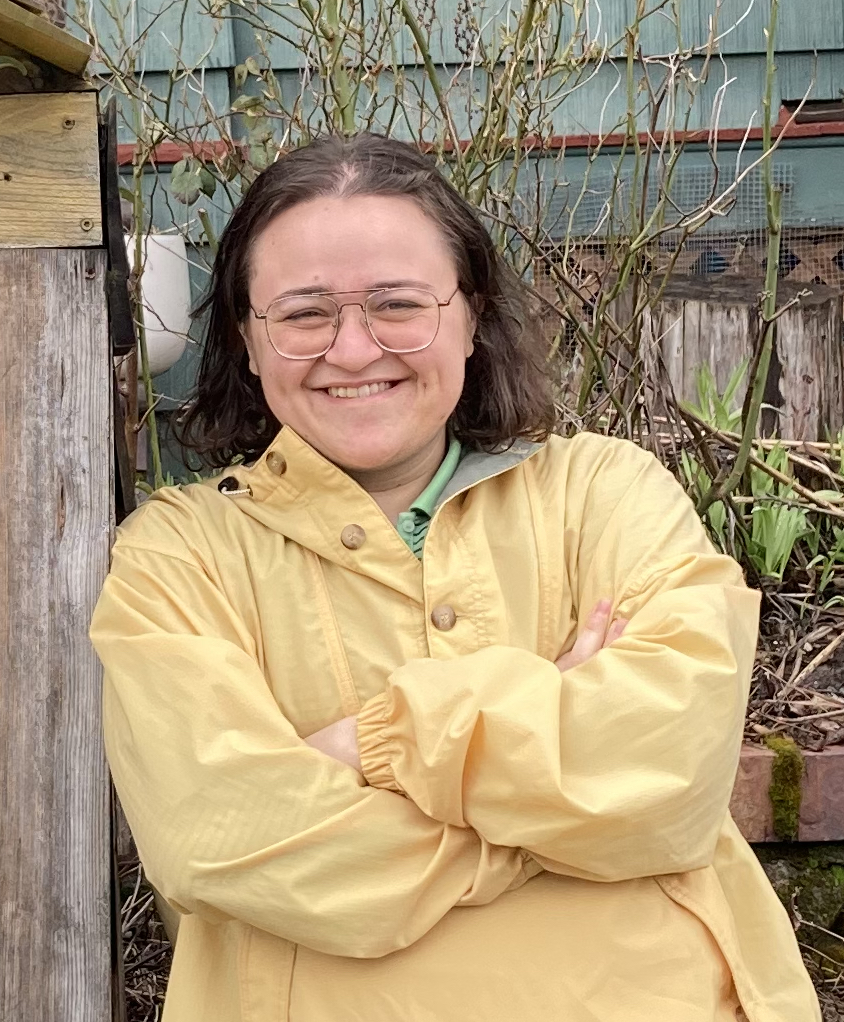Technology
(PS10-A20) Adolescent Anxiety and Depression Symptom Differences Based on Social Media Type

Estella Fox, B.A.
Graduate Student
University of Toledo
Toledo, Ohio- EC
Erin B. Crittenden, B.A.
Graduate Student
University of Toledo
Toledo, Ohio - PM
Peter G. Mezo, Ph.D.
Associate Professor, Associate Chair, & Undergraduate Coordinator
University of Toledo
Toledo, Ohio - SF
Sarah E. Francis, Ph.D.
Associate Professor, Director of Clinical Training
University of Toledo
Toledo, Ohio
Author(s)
Co-Author(s)
Social media engagement, particularly through Facebook, has been extensively evaluated for its relationship with adolescent depression and anxiety symptoms (Piteo & Ward, 2020). Limited research has explored the use of YouTube even though this is the most popular social media site among adolescents (Pew Research Center, 2022). YouTube differs from Facebook in its focus on content viewing rather than relationships between users (Khan, 2017). Considering recent literature has found differential effects of social media usage based on site and engagement type (Masciantonio et al., 2021), the current study seeks to compare differences in anxiety and depression symptoms for adolescents who engage in Facebook and YouTube. Adolescents (n = 121) ranging from 13 to 17 years of age (M = 14.86, SD = 1.42) and residing in the U.S. were recruited through Qualtrics online survey platform. Participants were primarily White (81.8%) and male (57.9%). Participants completed a survey containing questionnaires that assessed demographics, anxiety and depression symptoms (Revised Children’s Anxiety and Depression Scale – Short Version [RCADS-25]), and which social media platforms they use. The RCADS-25 is comprised of 25 items which are organized into subscales to evaluate anxiety and depression. One-way ANOVAs were conducted to compare anxiety and depression symptoms in four categories: engagement with Facebook, YouTube, neither, or both social media sites. 73% of participants endorsed using YouTube and 61% endorsed using Facebook, the two highest of all queried platforms. Groups significantly differed in both anxiety symptoms, F(3, 117) = 6.518, p < .001, η2 = .143) and depression symptoms, F(3, 117) = 4.483, p = .005, η2 = .103) based on social media platform engagement. Anxiety symptoms were highest for those who use Facebook (M = 19.07, SD = 11.73) and lowest for those who use YouTube (M = 6.94, SD = 7.42). Anxiety symptoms were lower in the YouTube group than those who use neither platform (M = 9.08, SD = 9.21). Those who used both platforms have lower anxiety scores than those who use Facebook, but higher than those who use YouTube or neither platform (M = 17.080, SD = 15.44). The same pattern was found for depression scores ranging from highest to lowest: Facebook (M = 12.31, SD = 7.92), both (M = 11.01, SD = 10.70), neither (M = 7.31, SD = 8.65), and YouTube (M = 4.86, SD = 5.61). Findings demonstrated depression and anxiety symptoms differ based on platform engagement, promoting a more complex understanding of social media engagement. Adolescents who use YouTube have significantly less anxiety and depression symptoms than Facebook users and non-users of both social media sites. The highest anxiety and depression symptoms were found with Facebook engagement, both independently and with YouTube. Results support emerging findings that social media platforms should be evaluated differentially and not generalized within the literature (Masciantonio et al., 2021). Future research should consider sites varying functions and reasons for engagement to evaluate their associations with outcomes, identifying potential targets for intervention.

